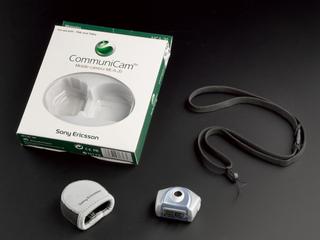








Coil of 7 mm fibre optic cable, wound on to a cable drum, as used on the Hitchin-Stevenage fibre optic telephone link, made by Standard Telephones and Cables Limited, Harlow, Essex, England, 1977.
Fibreoptic cables carry digital information as a series of pulses of light. The light waves bounce off the walls of the cables in a process called ‘total internal reflection’. The ability of hair-think glass fibres to transmit information was discovered by Charles Kao and his colleague George Hockham in 1969. As well as early theoretical work on the properties of light, Kao played a key role in the practical realisation of the technology. Following trials in the 1970s, fibreoptic cables were used to create the backbone of the internet.
Details
- Category:
- Telecommunications
- Object Number:
- 2014-57
- Materials:
- paint, wood (unidentified), plastic (unidentified), glass and metal (unknown)
- Measurements:
-
overall: 186 mm x 375 mm diameter, 7.12 kg
- type:
- cable
- credit:
- From STC PLC - Transmission Products Division




